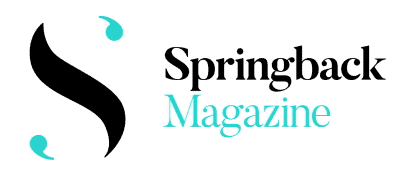Created in 1996 and co-organised by RESO – Dance Network Switzerland since 2006, Swiss Dance Days promotes Swiss artists both inside and outside their mountainous country. The event takes place every two years in a different city – the Covid-delayed 11th edition happened in Basel, world famous for its contemporary art fairs. Some 150 professionals from all over Europe attended the meetings and performances, among thousands of locals, attracted by the promised vibrant cultural scene on stage. This year’s selection focused on creations dealing with identity and gender, proving that the Swiss deal with the same issues as everyone else. Among the twelve performances of the programme, you could find famous heads such as Marco Berrettini and Foofwa d’Immobilité as well as fresh blood such as Clara Delorme and Marc Oosterhoff.
In the festival lounge at the Kaserne, dance professionals of all kinds could trumpet their achievements and give their opinions on the works they had just seen or were about to see. Sipping a glass of local wine, you could consider all the works presented and start feeling the energy. Two creations especially left their mark on me. The first was Jeremy Nedd and Impilo Mapantsula’s The Ecstatic. For sure, there is a trend for ‘ethnic’ dances and/or ghetto subcultures reshaped by contemporary composition, but by mixing the fascinating footwork of the South African pantsula dance and the praise break of African-American gospel in a non-narrative street ceremony, The Ecstatic revitalised the audience – and blew our minds. Pure dance with six intense performers, no overthinking to reach some poetical dimension, a cool attitude: we were definitely thrilled.







